Pillow protectors are key sleep accessories that cater to two important needs; sleep comfort, and protection from stains, sweat, and even allergens. Silent Bedding has to balance comfort and protection through careful design, starting from the fabric and finishing with structural details. Pillow protectors that merely cover pillows do not cut it anymore and neither do protectors that are rough and disrupt sleep. This is the importance of data driven manufacturing. With the large-scale data collection and analysis capabilities of tools like the IungoQMC system, brands are able to create data sets to determine which design characteristics optimize pillow protectors. By assessing the data, manufacturers will fine-tune protectors to ensure it meets comfort and functional requirements through performance of the fabric, comfort feedback collection, and sweat and stain persistence testing.
Selecting the fabric of pillow protectors is vital to comfort and sweat and stain resistance. Customers enjoy the soft, breathable quality of cotton or bamboo blends, but the fabric needs to be patterned or treated to stop liquid absorption.Selecting the right fabric isn’t guesswork, it’s data driven. The IungoQMC system acquires comprehensive data on the varying types of fabrics. This includes fabric user comfort (surveys, tactile, and comfort testing), fabric sweat resistance ( moisture control testing), and fabric durability ( quality over repeated washes). The data is stored in time series databases for comprehensive quality control traceability. This allows manufacturers to quality control trace review the performance data of fabrics to determine which ones are used in high quality pillow protectors. Real time analytics is significant in fabric quality control. When a batch of cotton blend pillow protectors is manufactured, and one shows lower stain resistance, the IungoQMC system flags it and the fabric treatment is adjusted prior to reaching the consumer. This data driven analysis guarantees comfort and durability in the end product.
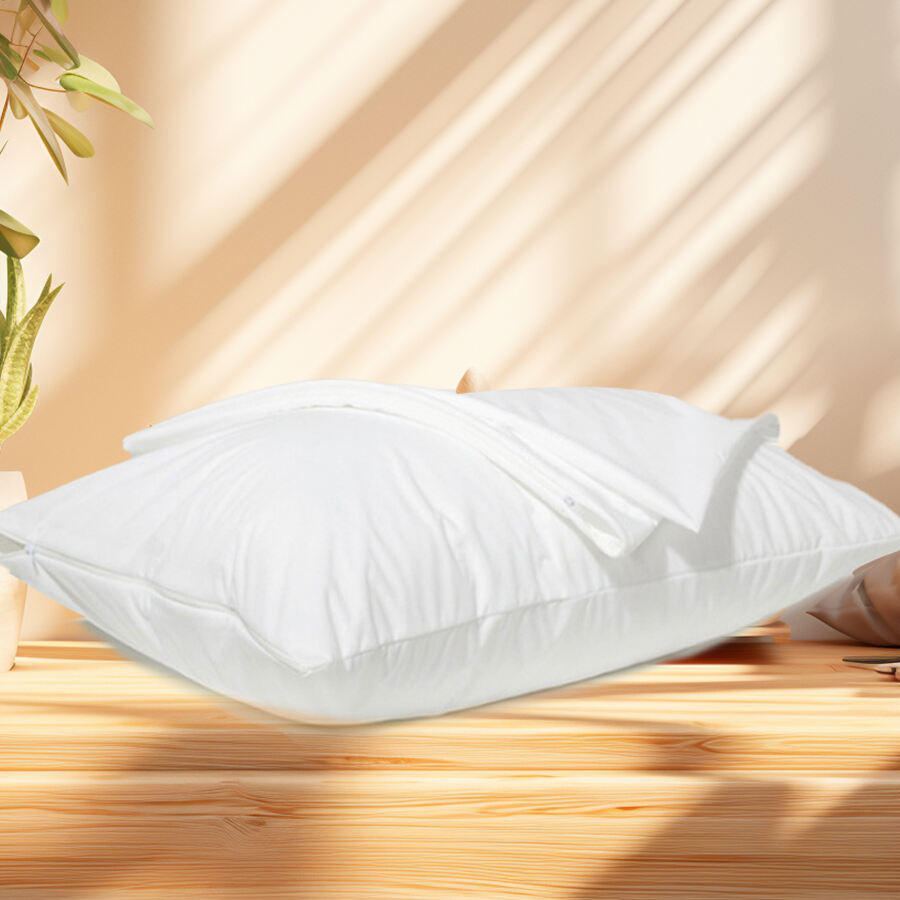
Apart from the fabric used, the construction of the pillow protectors also influences the ability to avert stains and sweat. Construction elements such as zipper enclosures (to completely seal the pillow), and waterproof backing (to block liquid penetration) are essential, however they need to be applied without compromising comfort. For illustration, a stiff waterproof layer might make pillow protectors feel uncomfortable, so manufacturers need to test flexible waterproof materials.
IungoQMC addresses this by analyzing performance data on design features. Consider a design where a zipper closure is meant to guard against dust and liquid penetration. How easily a waterproofing layer stretches during use, and the degree to which seams withstand washing. Quality traceability captures the designs success accurately determining success design success. If one styles zippers and pillow protector leads to leaking pillow protector case data from older runs enable design failure diagnosis. The system also performs real time analysis to assist,while testing a new flexible waterproof layer, IungoQMC real time analyzes user comfort comparison scores against liquid resistance data. This analysis assists final manufacturers in determining the mass production readiness of pillow protectors.
Two issues in pillow protectors is the risk of overheating and moisture trapping throughclosed layers. The linings waterproof, stain resistant, or protective layers will trap heat and moisture, creating a discomfort barrier. The typical design solutions to this include the use of breathable membranes or moisture wicking surface textures. Assessing the efficiency is also a data problem. IungoQMC addresses this by collecting and analyzing data through systems which include tracking air flow and mass moisture transfer on different designs of pillow protectors, user feedback during overheating sleeping, and moisture trapping during sleep trials.
Trends can be identified in real time for data analysis—for example, for pillow protectors, membranes with micro pores might be more breathable than solid layers. Quality traceability also enables comprehensive gap identification. For example, if a new breathable design on pillow protectors receives complaints about overheating, the manufacturer can trace overheating complaints to the design’s testing data. Using insights from IungoQMC, brands can manufacture pillow protectors that are breethable and protective for all night comfort.

Functional pillow protectors are great, but they must cater to varying user requirements. For side sleepers, pillow protectors that are softer and more flexible are preferred. Other, allergy sufferers, are anticiaptating protective pillow protectors with anti-microbial and anti-allergen features. To meet these varying user requirements and needs, IungoQMC has a data driven tailored design system. IungoQMC pulls data from various user demographic on sleep postions and comfort, targeted features like anti allergen and hypo allergen treatments, and the pillow protector dimensions for standard, king, and travel pillows. Real time analysis and prioritization for production adjustments are possible, for example if data shows high demand for hypoallergenic pillow protectors, their manufacture will be shifted to that design.
Each design of specialized pillow protector goes from tracking at the point of material sourcing to production which makes manufacturers able to validate the correct application of Antimicrobial treatments and the flexible fabrics meeting the comfort standards. The user-centric, data-centric model makes pillow protectors designed to cater to as many consumers as possible.
To create pillow protectors that reconcile comfort and protection, one must consider more than just design intuition, and involves a lot of data to demonstrate the best possible choices. For brands like Silent Bedding, the IungoQMC system provides the pivot. In gain, data acquisition provides insights on the performance of the fabric and the structural design in conjunction with user preferences. Data grants the opportunity of modifying pillow protectors on the fly and traceable quality makes the data driven design construct of a pillow protector always reaches the manufacture desired standard, which in the case of Silent Bedding and IungoQMC systems tailor to the consumer. Soft, breathably designed pillow protectors that promote comfort, encase the pillow, and protect the fabric from stains and sweat. Data driven design serves to enhance the make of a pillow protector. More importantly, the sleep experience consumer trust and reliance on the product, in this case, the pillow protector.

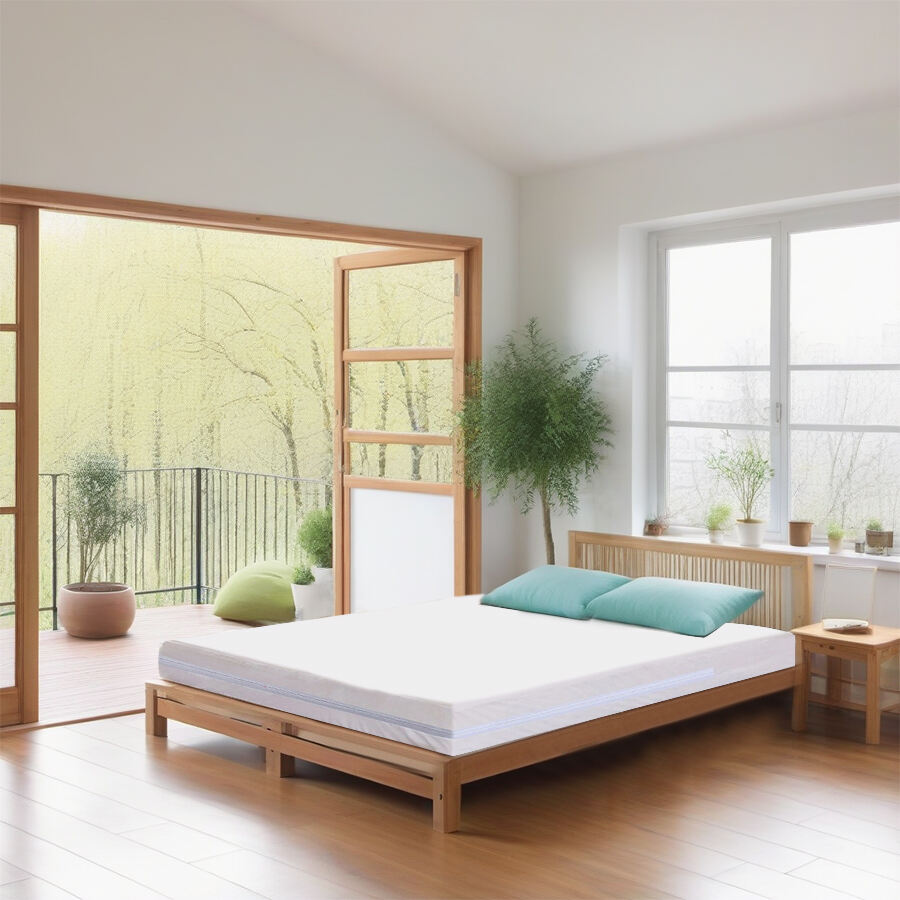
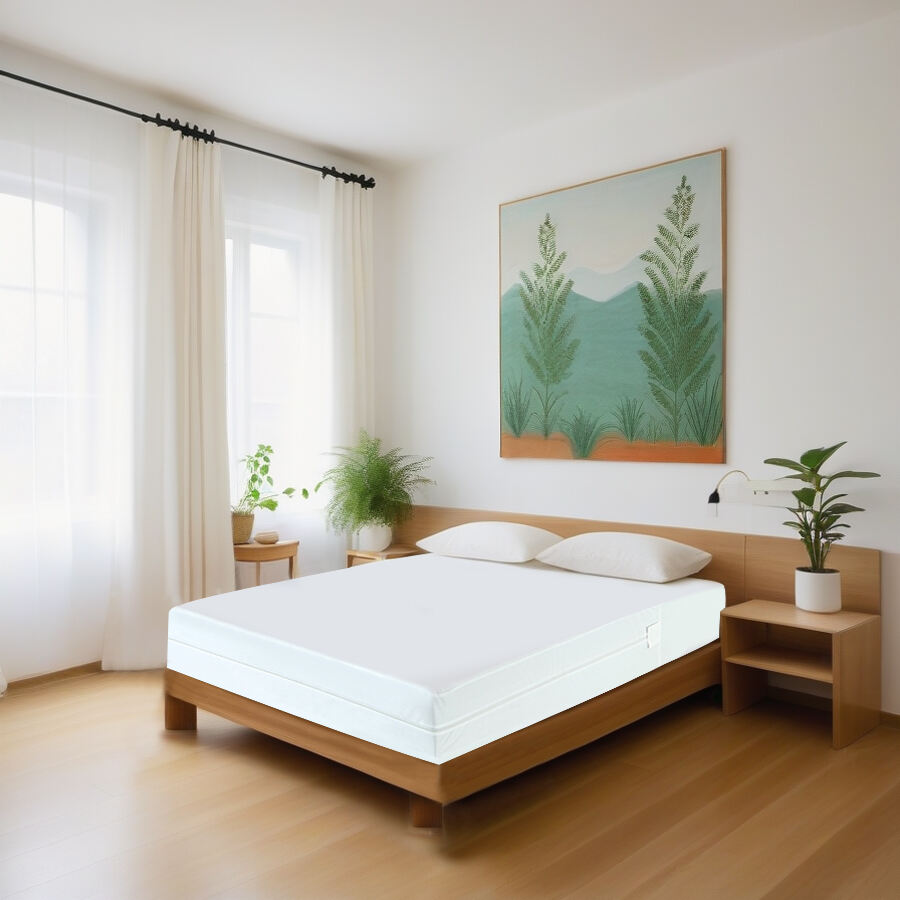

















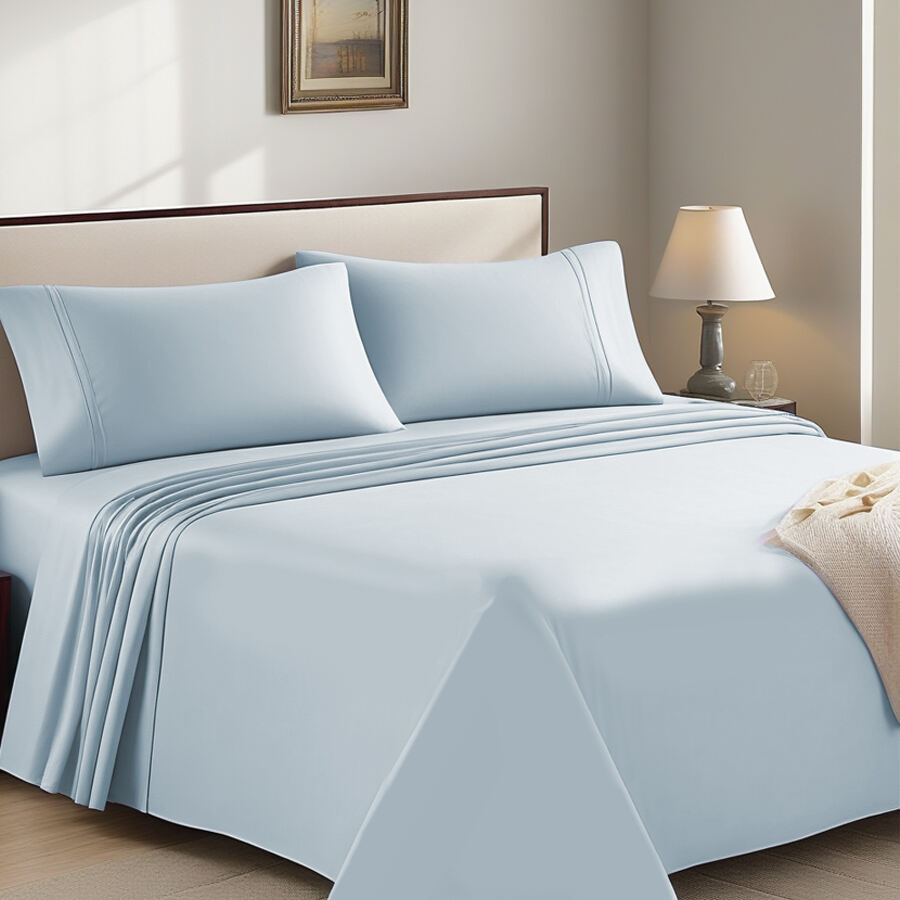


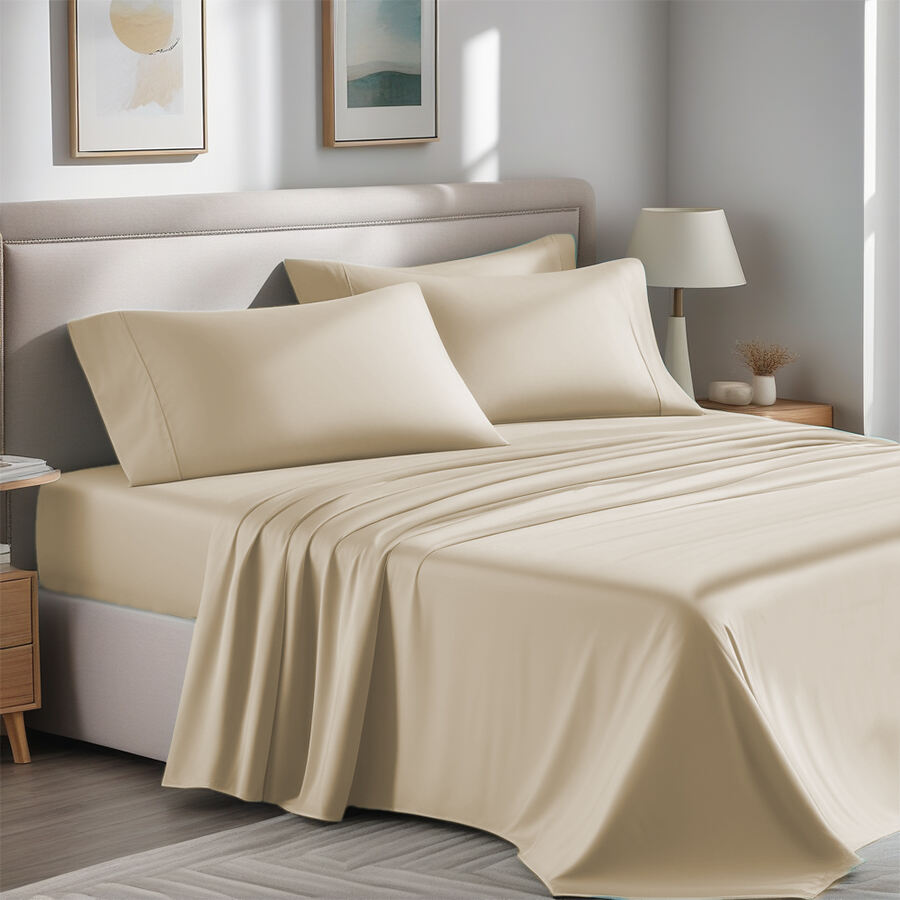




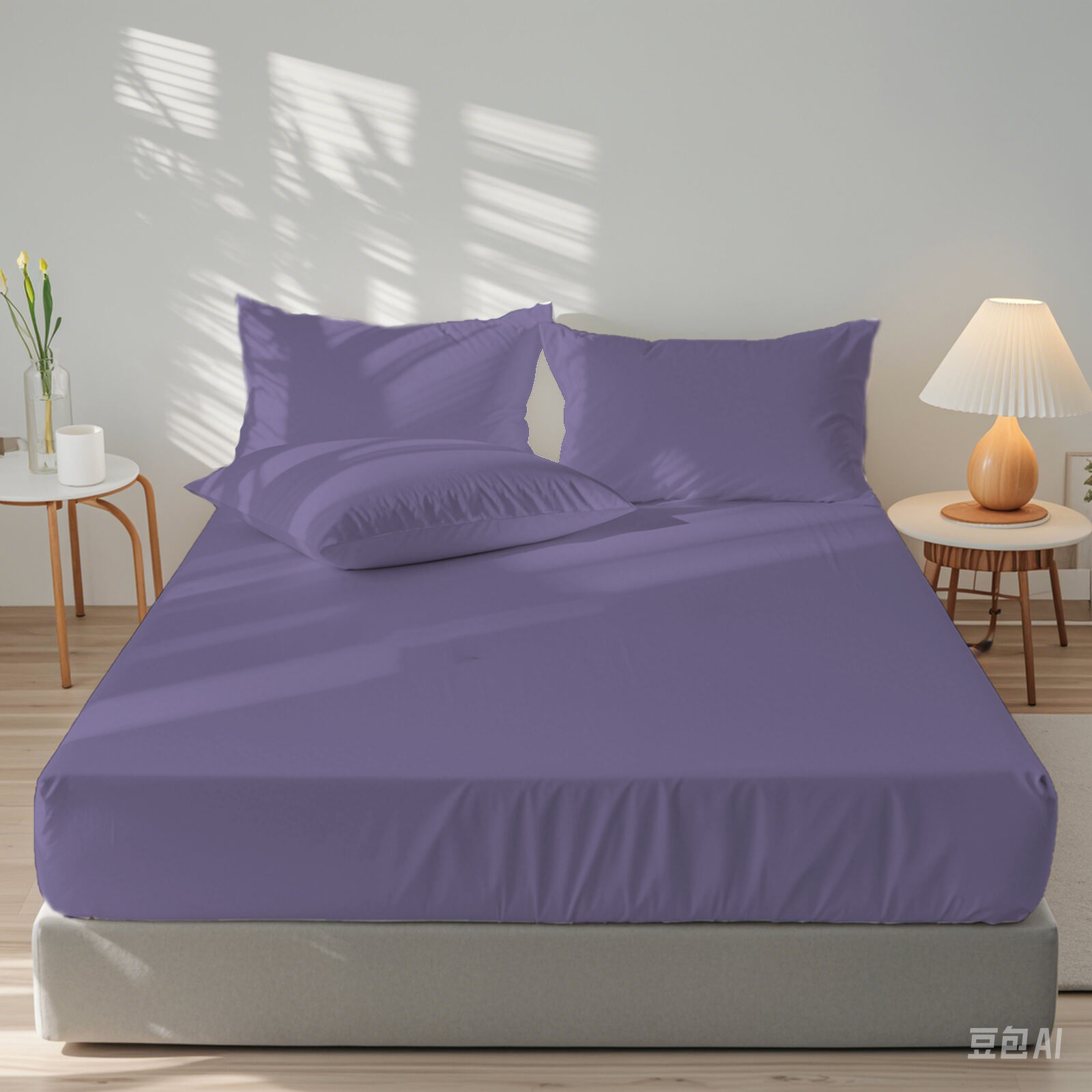

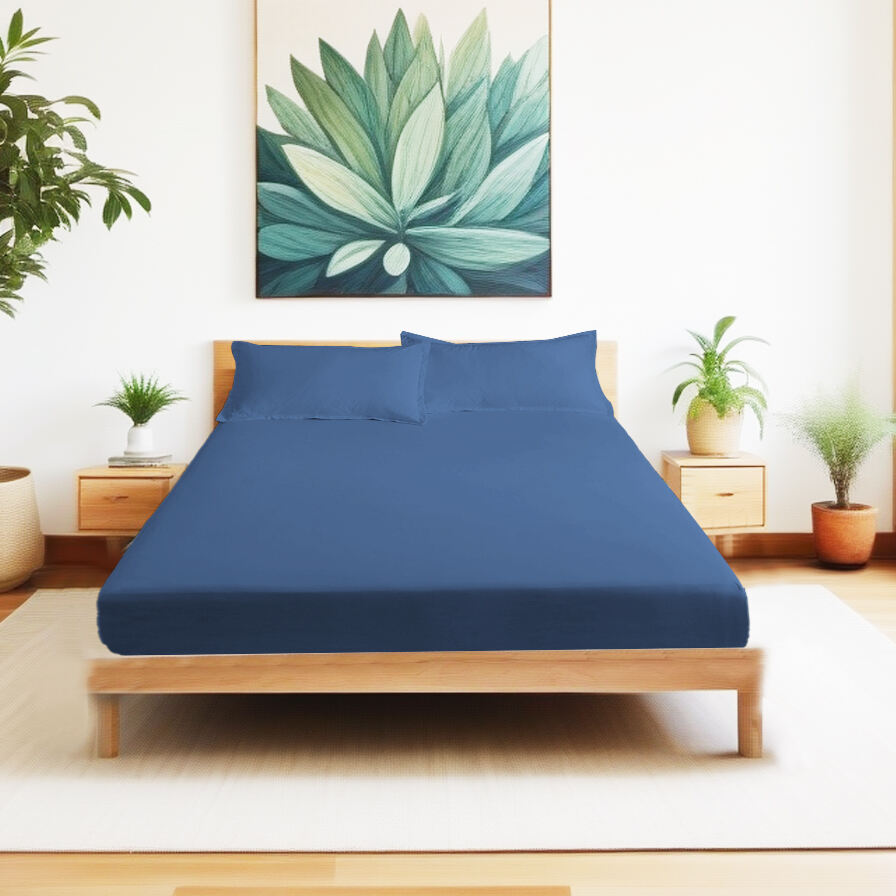

 EN
EN
 AR
AR HR
HR DA
DA NL
NL FR
FR DE
DE EL
EL IT
IT JA
JA KO
KO NO
NO PL
PL PT
PT RU
RU ES
ES SV
SV IW
IW VI
VI HU
HU TR
TR AF
AF MS
MS GA
GA